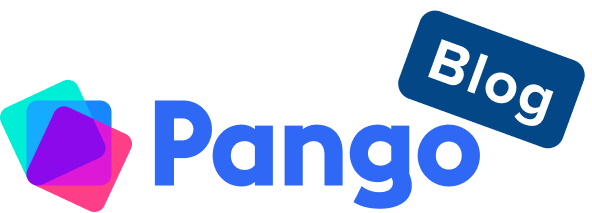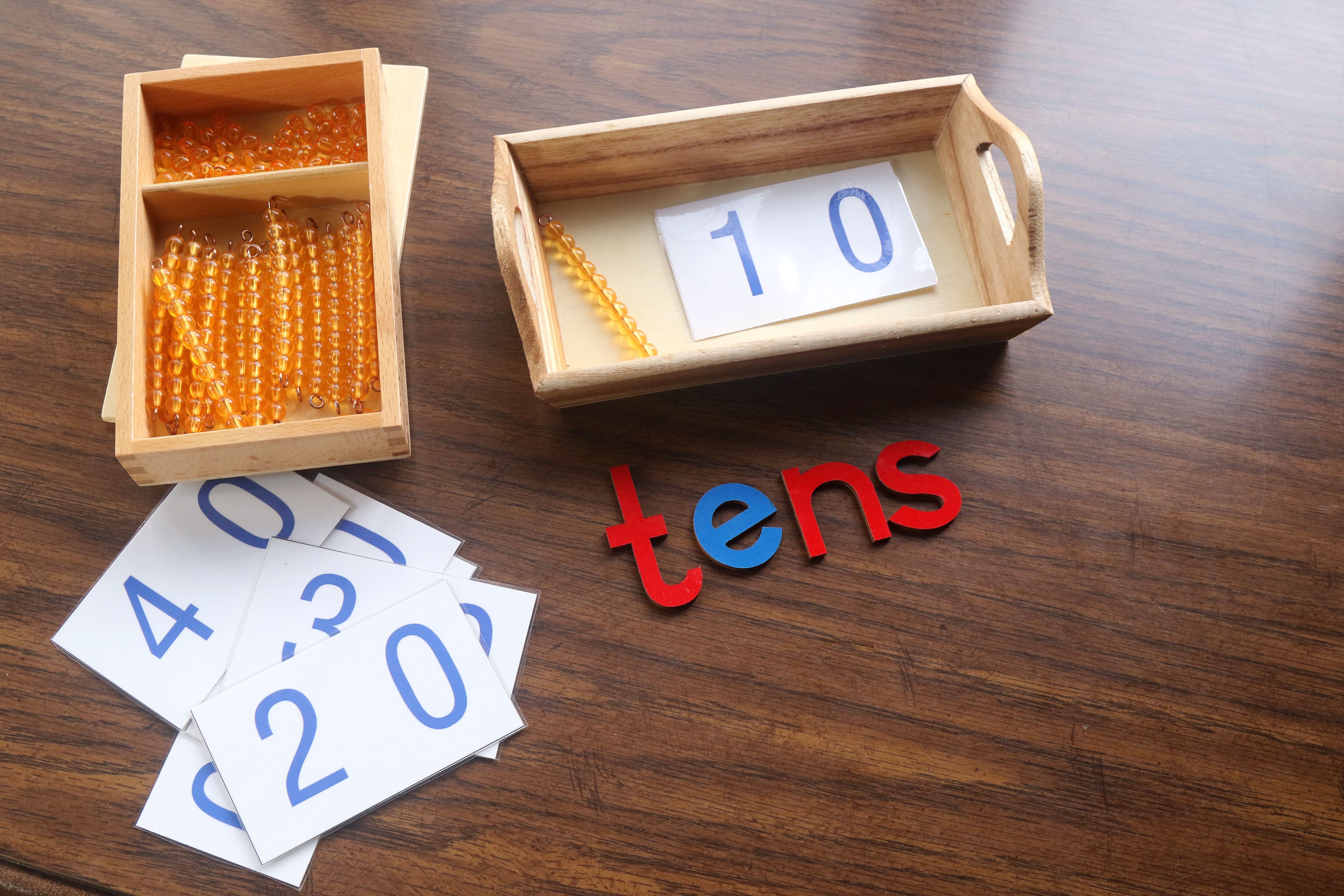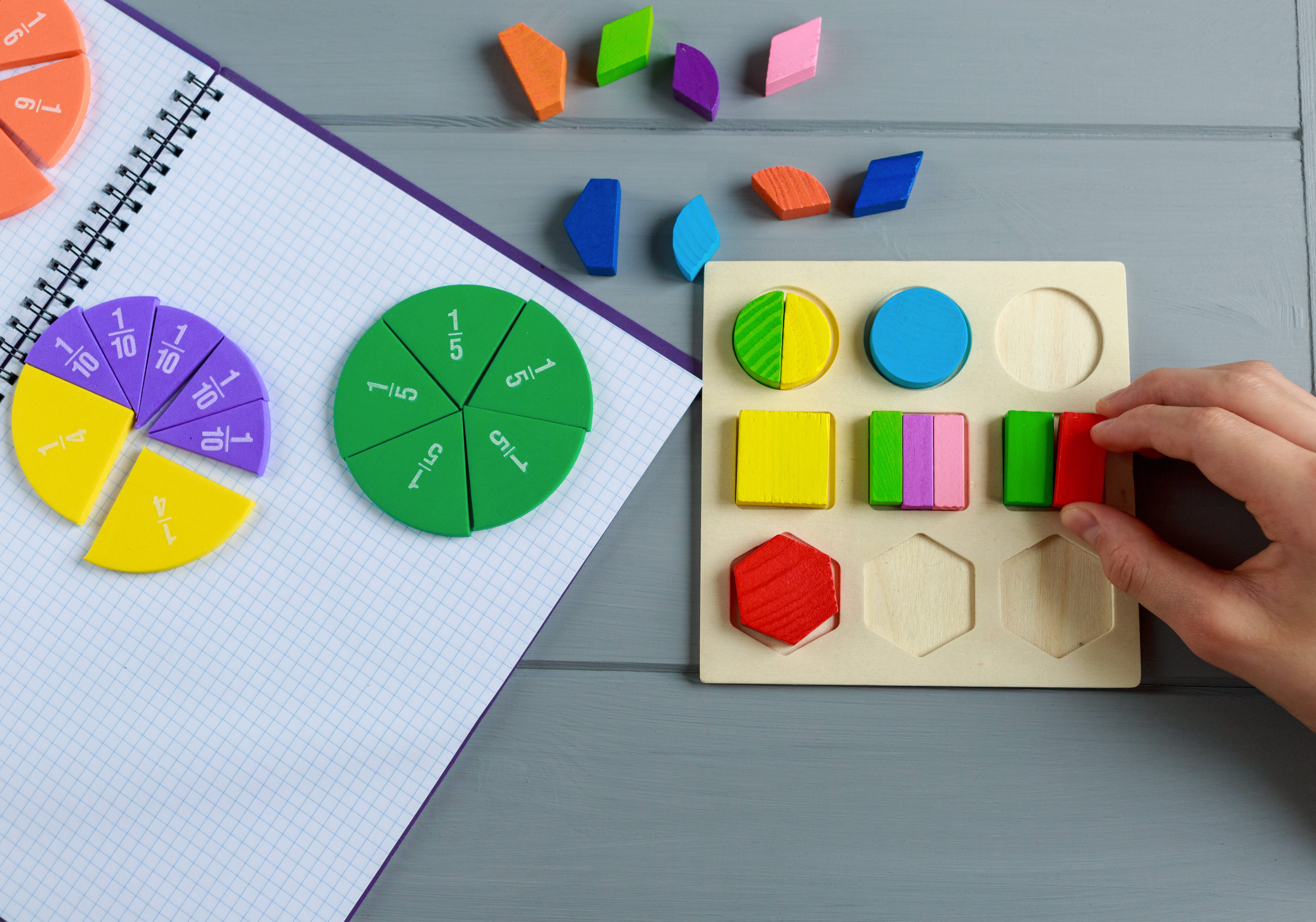Lesson planning for primary school teachers - How to plan the perfect lesson

A cross-section of the population might think that for primary school teachers, lesson planning is an easy task. After all, they’re only young, right? You’ll see why this is a bit of a misgiving below.
In this guide, we’ll explain why primary lesson planning is essential for teachers, especially primary school teachers. In addition, we’ll provide you with clear guidance for writing your lesson plan for primary school.
Why is a lesson plan important?
A good lesson plan is important, but the first thing to point out is that a teacher can’t become too attached to it — as a certain U.S. President once put it, plans are worthless, but planning is everything. For this reason, it also helps to develop a “This may also happen” plan, and develop multiple options around the same content of teaching.
Above all else, lesson plans help you remain flexible and in control.
Primary school teachers with any degree of nuance know that young children are easily distractible — this is more anecdotal than scientific, but most teachers will agree they need humour, bright colours, and short messaging. Therefore, primary school planning tends to incorporate all these elements, to keep students engaged.
In short, a primary lesson ought to be filled, in part, with things that make them go “wow”. This does not necessarily mean they need to be infantilised. A short exciting video or demonstration on Newton’s Third of Motion, for example, can be illustrated with a toy car. This exemplifies the late Jerome Bruner’s point in a much-translated book The Process of Education (1960), where he argued that any subject can be taught to any child at any stage of development, so long as it is presented in the proper manner.
It is easy to dismiss the importance of "knowing your students" as a vacuous platitude when it comes to primary teacher planning. However, the process of coming to know students as learners, and young people with personalities in their own right is often difficult and challenging, especially when they are so young and in the nascent phase of becoming who they will be as adults.
What makes a good lesson plan?
Cognitive science tells us that maturing childrens’ brains develop from ‘back to front’ meaning that the part responsible for higher-order thinking, the prefrontal cortex, develops last — usually in late adolescence and into the twenties.
This has wide-ranging implications for planning in the primary school environment. To develop a lot of skills, organisation and prioritisation are needed, as well as regulation of big emotions.
In practice, this means it’s a good idea to set concise, easily digestible tasks. When you give them to your students, try saying something like "X is the most important job. Do that one first."
When developing your lesson plan, try to incorporate some of the following into your lesson plan and eventual presentation:
Clear explanations
It almost goes without saying that it’s important to use the right kind of language and methods to explain a new concept to students. For primary school students, sentences should be short and polysyllabic words should be avoided, except to introduce the occasional, very necessary subject terms.
Communication
Asking the right questions to your students is incredibly important. This means not just asking ones that require closed (yes/no) answers, but also longer, more discursive responses too.
This is because real-world problems, especially in more humanistic subjects, often lack a single "correct" answer. You may also need to lead students towards the idea that some problems lack any clear answer; or may now actually be a problem at all.
Getting seven-year-olds to explore ambiguity need not be complex, but it may be over-simplified.
This is because across the classroom, there may be a wide variation in knowledge on a particular area, so it is worth not assuming knowledge on the part of your class, and instead taking every member along for the ride of discovery.
A lesson plan involves some personal refreshers on the topic so that you are able to respond to questions from your students. Remember: their curiosity to ask requires your curiosity to find out when planning your lesson.
Give examples
As suggested with the earlier mention of the toy car, it is important students are given examples, perhaps practical ones relevant to their own lives. Abstract information can live out a real, flesh-and-blood existence that can vividly make the seemingly boring more exciting for your students.
How to write a good lesson plan for primary school
Having discussed some of the qualities of a good lesson, here we will explain the practical side of planning for teachers.
Decide what the objectives are
In many cases, with objectives it can be beneficial to work things out backwards: decide on what you want your learners to have in their minds when you finish their lesson.
You may want them to write a learning objective, for example: having them write “By the end of the lesson I will be able to add fractions” on the top of their page allows them to later review if they are in fact able to do this.
These learning objectives should be aligned with schemes of work and standards — you can find these in the Pango library. This can help you get ahead of the assessment planning part of things, too.
Time management
The average duration of a lesson in a primary school lasts between 50 minutes and 1 hour. However, you may sometimes have the luxury of double lessons or repeated lessons across the week. Often, when there is more time, activities can expand to fill all this time. The same is true of being able to prepare a lesson plan to fit a whole afternoon.
Pango, which allows for faster lesson planning and every resource you could want, can help you manage your activities in a much more bounded and intelligent way.
Be prepared to change
Even if you have a set plan, you should be able to change this if things go off track. Take questions, but also come back to your main point. See above for why this flexibility is important.
Lesson plan templates
You can find hundreds of lesson plans on Pango that you can then adapt and amend using the planner and our customisable lesson plan templates.
Pango includes a number of helpful and innovative planning and organising tools. It lets you keep track of your own custom Standards and Curriculum objectives over the course of the year, and allows you to see how many lessons you’ve taught to each standard at-a-glance.


